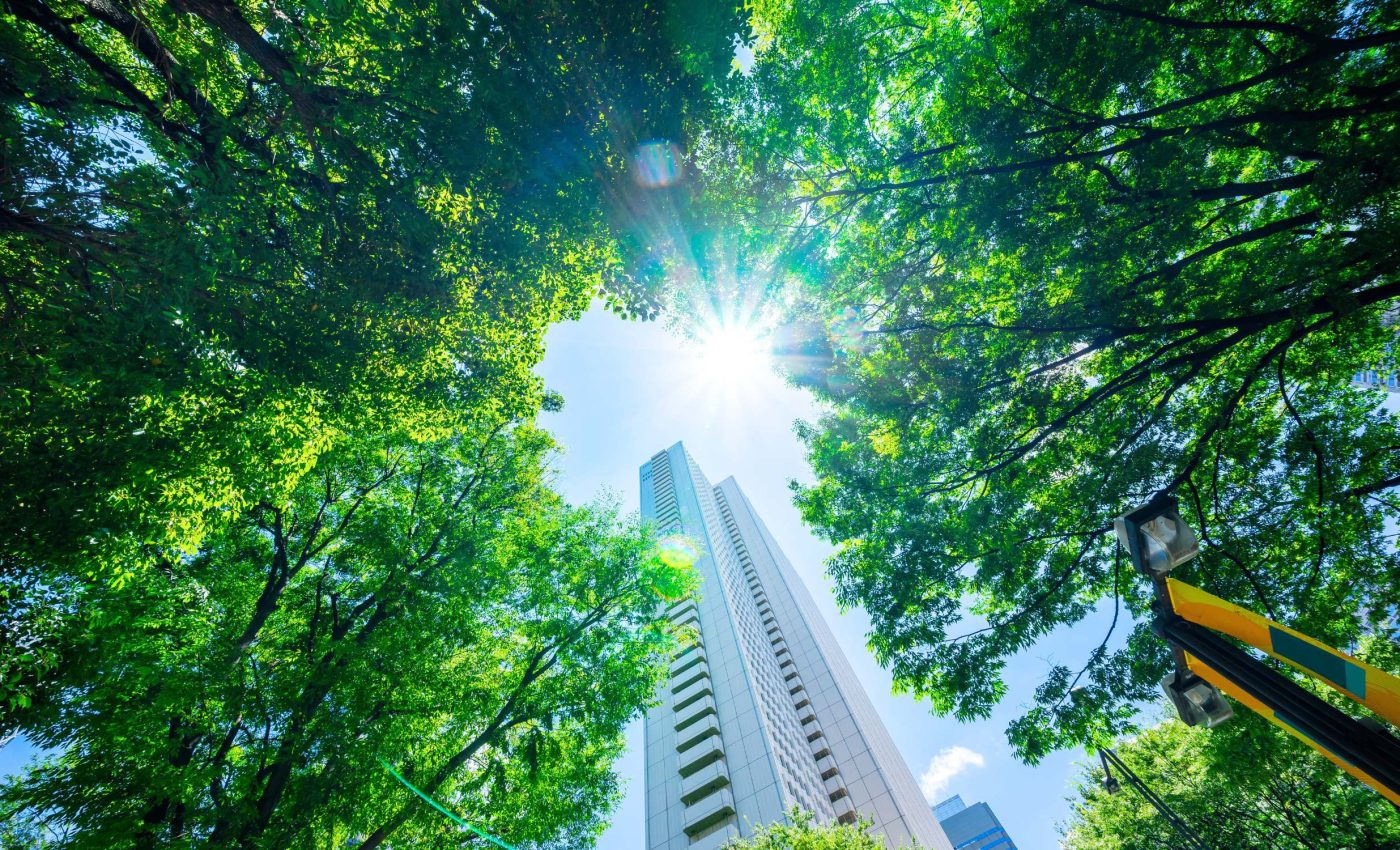
Diverse trees reduce heat and promote healthy aging in urban areas
Urban green spaces do much more than beautify cities. They shape air quality, cool heat-trapped streets, absorb floodwaters, and provide comfort to stressed populations.
Recent work by researchers at the Karlsruhe Institute of Technology (KIT) demonstrates how diverse tree populations and green infrastructure directly affect urban resilience and human well-being.
Through the FutureBioCity and GrüneLunge (Green Lung) projects, KIT scientists show that cities need not only more green – but smarter, more diverse green. The researchers focused on modeling green infrastructure in Karlsruhe.
Parks with many tree types
The FutureBioCity project explored what makes public parks appealing. “We wanted to understand how people choose public parks, and what role the structure and composition of urban and peri-urban forests play in this choice,” said Dr. Somidh Saha, lead researcher at KIT.
His team blended ecological fieldwork with social surveys. Most people said they felt better in parks where they perceived a high diversity of tree species.
“That shows that future parks should be designed to be as diverse and natural as possible so they appeal to people,” said Dr. Saha.
Although the data doesn’t yet confirm whether diversity itself improves mental health, the strong preference for variety points to a clear design principle for future urban planning.
Urban trees reduce heat and floods
Green spaces do more than lift moods – they help cities manage climate risks. Concrete-heavy districts trap heat and repel rainwater, creating urban heat islands and flash floods.
KIT’s GrüneLunge project modeled how trees and bioswales (vegetated trenches that absorb water) could reduce these effects. The team ran five-year simulations in 27 districts of Karlsruhe using the i-Tree HydroPlus model.
The results showed that increasing tree cover by 30% and routing runoff into bioswales led to dramatic improvements: a 64.5% drop in hours of extreme heat and a 58% reduction in water runoff. These effects were strongest in districts with the least existing green space.
Soil moisture changes tree performance
Cooling and drainage benefits vary by soil condition. Dry soils help urban trees absorb more water, reducing flood risk.
Wet soils, however, enhance cooling via evapotranspiration – especially during heatwaves. This reveals a trade-off in how green infrastructure should be deployed: soil moisture drives different outcomes.
Another important finding: trees offer major nighttime cooling benefits. Tree canopies reduced surface heat buildup during the day, cutting nighttime temperatures by up to 5.5 °C (9.9 °F) between midnight and dawn.
Prioritizing vulnerable communities
Some districts in Karlsruhe, like Palmbach, saw big gains from greening due to low starting tree cover. Others, like Innenstadt, still benefited – especially when bioswales were added.
The experts also recommend prioritizing older populations and vulnerable communities in climate planning. Linking tree planting with demographic data helps make cities safer and fairer.
But there’s a caveat: tree survival depends on water. During drought, urban trees can’t cool the air if they don’t have enough moisture. This makes irrigation planning crucial for long-term success.
Nature supports healthy aging
While these urban studies focus on physical infrastructure, they tie into broader themes in aging science. A separate review on gut aging explains how weakened gut barriers and reduced microbial diversity drive systemic inflammation. This “inflammaging” leads to cognitive decline, frailty, and disease.
Green space access and microbiome health may connect in unexpected ways. Time in biodiverse environments may help expose people to microbes that regulate immune health. Moreover, interventions like fiber-rich diets, probiotics, and polyphenols can also support healthy gut aging.
The researchers suggest tailoring these approaches to age, sex, and gut type – just as tree-planting strategies should match local demographics and climate conditions.
Urban areas need diverse trees
Together, these findings point to a central idea: healthy cities and healthy bodies both need diversity, resilience, and thoughtful design.
Diverse green infrastructure can lower flood risk, reduce heat, and lift spirits. Microbial diversity in the body can slow aging and protect against disease.
If cities want to survive rising temperatures and aging populations, they must treat trees and microbes as allies – not extras. The sooner cities act, the stronger they will stand.
The results are published in Scientific Reports and Sustainable Cities and Society.
—–
Like what you read? Subscribe to our newsletter for engaging articles, exclusive content, and the latest updates.
Check us out on EarthSnap, a free app brought to you by Eric Ralls and Earth.com.
—–













